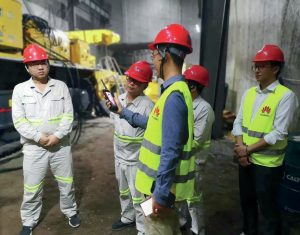
Potash project listing 2023
Fertilizer International presents a global round-up of current potash projects.

Fertilizer International presents a global round-up of current potash projects.

A proper fertilization programme is necessary to sustain both citrus productivity and soil fertility over the longer term. ICL agronomists Fabio Vale, William Wang, Patricia Imas and Francisco Morell outline the nutrient needs of citrus fruit – a regionally important crop in the Americas, Europe and China.
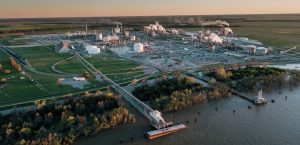
We report on fertilizer production, consumption and pricing in the US market. The country’s fertilizer industry, ranked fourth globally in terms of total production capacity, has grown and developed alongside its increasingly sophisticated domestic agricultural sector.
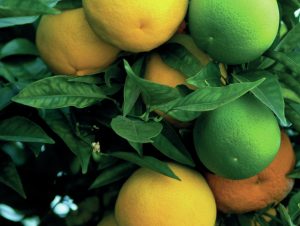
Citrus fruit growers are an attractive end-market for fertilizer suppliers due to the high K and N requirement of this widely-cultivated cash crop and the efficacy of fertigation and foliar spraying. We examine the nutrient needs of citrus trees and how balanced application of fertilizers helps maximise citrus fruit quality and yield.

The cadmium and heavy metal content of sedimentary phosphates are of great concern. This has seen industry raw material consumption shift towards igneous phosphates or the blending of phosphate rocks from different sources. While rock blending can successfully reduce the heavy metal content of superphosphates, it needs to be accompanied by careful process adjustments, as Ian Hancock , Bradley Pulverizer’s vice president sales & operations, explains.

Market Insight courtesy of Argus Media. Urea: Prices in general fell further in late October. Suppliers in most regions were forced to accept lower than expected net-backs due to low import demand and high producer inventories. India was the exception with IPL securing 1.7 million tonnes of urea at $400-404/t cfr under its 20th October tender.
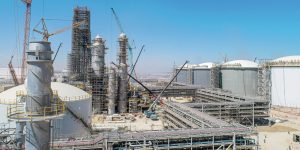
While producing ammonia with hydrogen from electrolysis remains expensive, large scale lower carbon ammonia has focused on carbon capture and storage from existing plants, so-called ‘blue’ ammonia. But exactly how green is blue?

With low carbon ammonia and methanol being considered not just for their chemical and fertilizer uses, but as fuels, can we make enough of them to fill our energy needs?

Proman has signed a memorandum of understanding (MoU) with Mitsubishi Corp to collaborate on the development of a blue ammonia plant at Lake Charles, Louisiana. This new facility will aim to produce around 1.2 million t/a of low carbon ammonia, making it one of the largest of its kind in the world. The plant will incorporate carbon capture and sequestration technology. Proman says that this development aligns with the company’s commitment to sustainability and reducing greenhouse gas emissions. The proposed ammonia plant will be located at Proman’s existing site in Lake Charles, adjacent to its gas-to-methanol plant, which is also currently being developed.
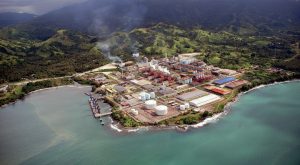
First Quantum Minerals Ltd. has contracted with MECS, Inc. (MECS), a subsidiary of Elessent Clean Technologies, for the Kansanshi smelter expansion at the Kansanshi mine at Solwezi. MECS’ scope of work will include a redesign of the existing sulphur-burning sulphuric acid plant into a copper smelter off-gas recovery sulphuric acid plant. This transition to a copper smelter off-gas recovery acid plant will enable First Quantum to reduce emissions from the existing copper smelter, increase production at the mine, and supply more copper to the global market, which will enable the adoption of greener technologies. MECS’ design for First Quantum incorporates proprietary technologies such as MECS® catalyst for low emissions and high conversion, Brink® mist eliminators, ZeCor® alloy towers and pump tank and UniFlo® acid distributor technology for operational reliability and efficiency.